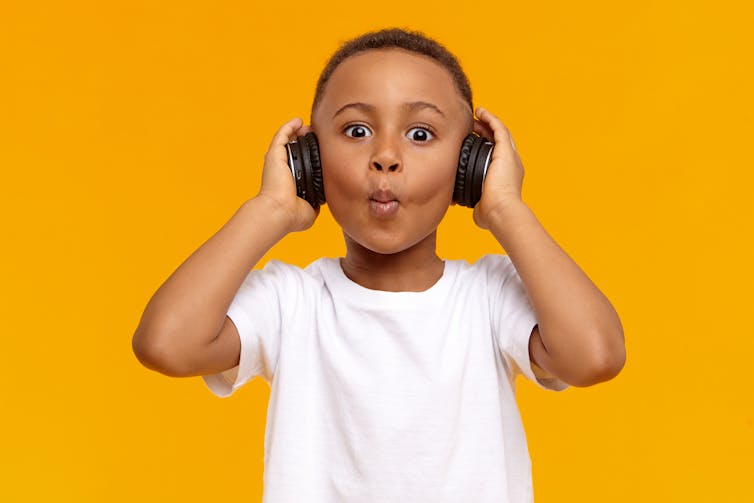NSW hits pause on school choirs, but we can't stop the music forever
- Written by Sandra Garrido, NHMRC-ARC Dementia Research Development Fellow, Western Sydney University
The NSW health department recently instructed schools to stop certain activities to minimise the risk of COVID-19 transmission. Among these — which includes school formals and graduation ceremonies — is a ban to all “school-related group singing or chanting activities and use of wind instruments in groups”.
These guidelines came after new evidence emerged that such activities could potentially contribute to the spread of Sars-CoV-2, the virus that causes the disease COVID-19. The velocity with which airborne particles of the virus can be expelled from the mouth while singing is much greater than when speaking. This means the usual social distancing rules schools are adopting may not prevent the virus being passed between students when they sing.
These measures are of course necessary, at least temporarily, to protect the community against further transmission of COVID-19. But the thought a ban on group singing in schools might be part of our new normal is frightening.
There is nothing quite like the sound of a group of children singing together. I can still remember my first experience of singing in a choir when I was in third grade, and the hair-raising thrill of being part of a large group of children singing in four-part harmony at the Sydney Opera House.
But this is about more than just fun for our children. The social and psychological benefits of singing are well established. It is important we find innovative solutions to make it safe for singing to become a part of classroom activities again as soon as possible.
Singing is integral to humans
Singing has been part of human communication for thousands of years. Singing, or something much like it, may even pre-date human speech.
Speech is composed of both the linguistic content — the words — and what is known as prosody — the song-like element in which we vary the pitch and rhythm of our speech to communicate emotion. Some theorists argue this song-like element may have been an important way for our ancestors to communicate prior to the development of speech and might have been the pre-cursor to song.
There’s nothing quite like the sound of a group of children singing. (Colour Music children’s choir from the Ukraine)Music may also play an important role in parent-child bonding, which is important to the survival of human children who are born relatively dependent compared to other species. Even before birth, singing is a way parents bond with their child. Newborn babies can recognise both their mother’s voice and music they heard in utero.
And singing still serves important functions. Group singing provides a sense of social connection and unity. One study found group singing in primary-school aged children increases cooperativeness more than participation in group art or games.
The proliferation of virtual choirs on social media during lockdowns across the world are testament to the way group singing connects us.
Read more: A song in your heart shouldn't lead to an infection in your lungs: reasons to get with online choirs
Singing in schools
Singing doesn’t just make us feel closer to each other. It also has therapeutic and cognitive benefits For example, singing can have positive effects on mood, such as reducing a child’s arousal levels and calming them down.
The opportunity to master songs and perform them can be a wonderful boost to confidence in children too.
Singing is also an inherent part of the way we learn. Children all over the world learn the alphabet and other important information in the form of song, and have done so for centuries, with early songs for remembering the alphabet dating from at least as early as 1671.
 Singing has positive effects on mood.
Shutterstock
Singing has positive effects on mood.
Shutterstock
We transmit cultural information in this way too. Some Aboriginal tribes use song to provide children with an understanding of their Dreamtime beliefs.
In some schools, particularly infant and primary schools, singing is part of the daily routine. It is used first thing in the morning so children start their day with a sense of unity and positivity and can cope better with the transition from home to the classroom.
Read more: Learning music early can make your child a better reader
The recent research around singing and COVID-19 suggests transmission options such as singing with masks on, or singing outdoors with greater spacing between students, might be viable solutions.
Our teachers are nothing if not versatile, as recent events have demonstrated. In current circumstances, we will need to be creative to ensure our children can experience the important benefits of group music making in school situations while adhering to health guidelines.
Authors: Sandra Garrido, NHMRC-ARC Dementia Research Development Fellow, Western Sydney University




